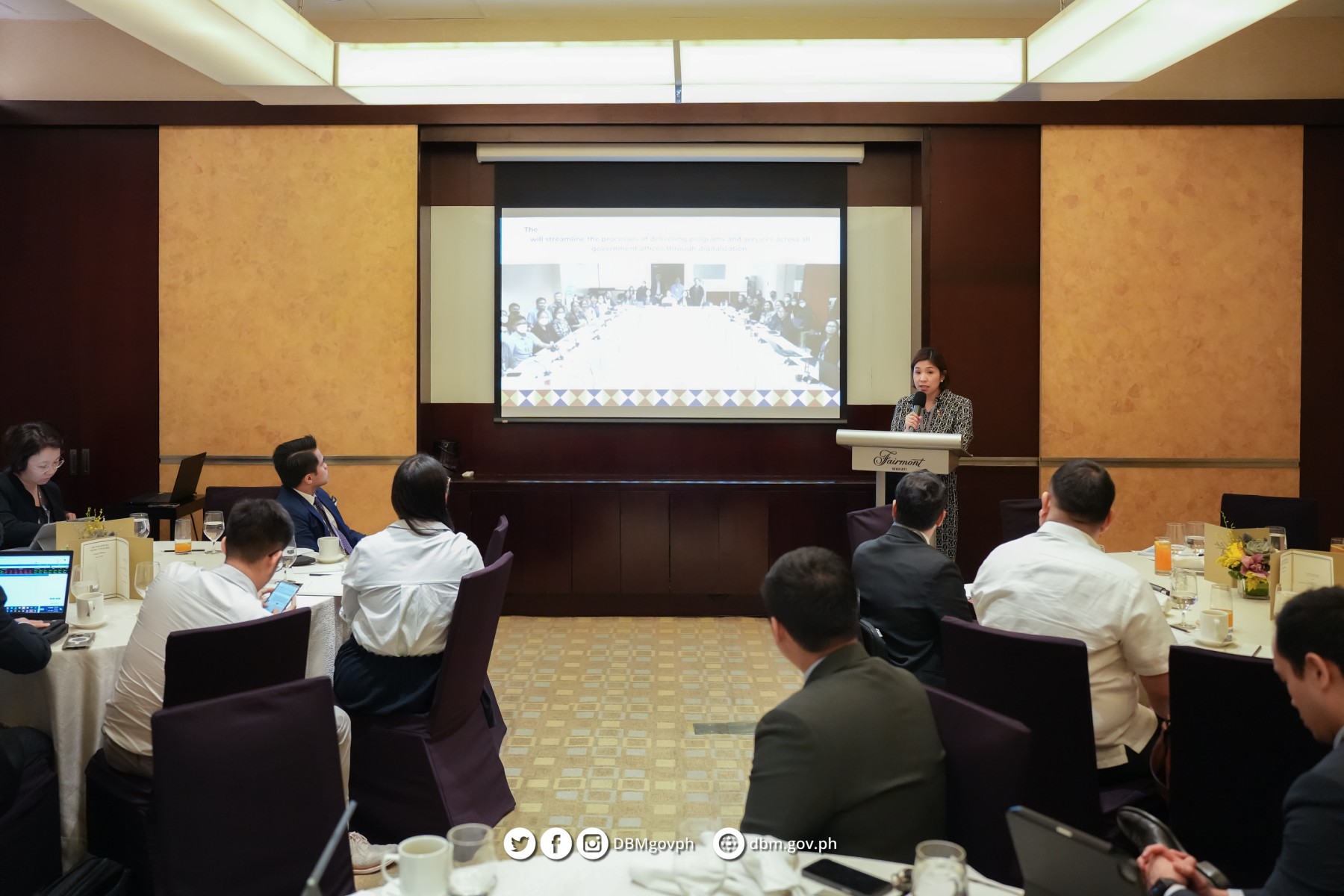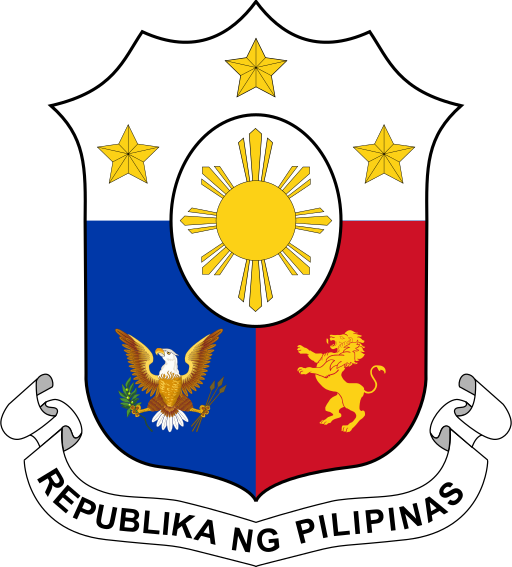
A pleasant afternoon to all.
Assalamu alaikum wa Raḥmatullahi wa Barakatuh.
“Think Growth, Think Philippines.”
This has been our call to foreign investors at the Philippine Economic Briefings, which we have already held in Singapore, New York, Frankfurt, London, and most recently in Tokyo, Japan, where it was entitled Philippine Business Opportunities Forum. Our heartfelt thanks to UBS for your support at the various briefings around the world.
I am glad to share that these briefings and forums are beginning to bear fruit. In Japan alone, we received investment pledges amounting to USD 13.0 billion, equivalent to about Php 714.0 billion, which are starting to materialize as we speak.
So this afternoon, we say it again: Think Growth, Think Philippines.
As you know, the Philippines’ gross domestic product or GDP full year growth rate for 2022 was 7.6 percent, beating everyone's expectations.
Given global headwinds, the Development Budget Coordination Committee or the DBCC set the growth target for 2023 at 6.0 to 7.0 percent, which is also consistent with the 2023 ADB growth forecast of 6.3 percent. We are confident in the Economic Team that once again, we will not only meet but beat our growth targets this 2023.
On the fiscal side, we remain on strong footing as we exceeded our fiscal targets for 2022. National government spending for 2022 increased to Php 5.2 trillion, which is higher by 10.4 percent year-on-year and outperforms the 2022 spending target by 4.1 percent. This is driven by higher capital expenditures mainly for road and transport infrastructure programs, among others.
Meanwhile, revenue collections exceeded the target by 7.3 percent while the deficit decreased to 7.3 percent of GDP, lower than the 8.6 percent deficit level in 2021. With this outturn, we are confident as well that we can still reach our fiscal targets under the Medium-Term Fiscal Framework.
Socioeconomic Agenda
To ensure that we do not neglect socioeconomic objectives even as we achieve high-growth performance and meet the targets of the Medium-Term Fiscal Framework, the priorities of the Marcos Jr. administration have been aligned with the 8-point Socioeconomic Agenda and the Philippine Development Plan (PDP) 2023 to 2028, which was launched last month, which include as objectives food security, improved transportation, affordable and clean energy, health care, social services, safe face-to-face education, sound fiscal management, and bureaucratic efficiency.
Our National Budget is also aligned with these objectives. Thus, the Social Services sector—comprising Education and Health—has been given the highest budget allocation with Php 2.0 trillion or 38.0 percent of the FY 2023 National Budget, while the Economic Services has been given the second highest share with Php 1.62 trillion or 30.8 percent as the government continues to push for infrastructure development.
Infrastructure Development
We will continue the Build, Build, Build program of the previous administration. As you know, we are now calling it Build, Better, More—or BBM—and we have allocated Php 1.3 trillion in the National Budget to sustain the momentum of the public infrastructure boom. The infrastructure disbursements will be maintained between 5.0 to 6.0 percent of the GDP in the medium term, reaching Php 2.3 trillion by 2028.
I am happy to share that just this month, the NEDA Board, chaired by the President, approved 194 high-impact and urgently-needed infrastructure projects, amounting to Php 9 trillion, to showcase the government’s Build, Better, More program—the Administration’s flagship program.
I think it is already uploaded in the NEDA website, the list of the 194 infrastructure flagship programs of the administration.
Infrastructure investment priorities include improving the access of the poor to basic services, public transportation, strengthening industry linkages, expanding both physical and digital connectivity, providing affordable and secure energy, and flood protection infrastructure.
The bulk of the infrastructure budget is intended for the development of physical infrastructures. This includes Php 478.7 billion for roads, Php 283.2 billion for flood control infrastructures, Php 164.1 billion for local infrastructure development, Php 48.1 billion for buildings, and Php 40.1 billion for railways.
For social infrastructure development, some Php 29.2 billion has been allocated for school buildings, Php 16.7 billion for water supply systems, Php 14.4 billion for hospital and health centers, Php 3.7 billion for power supply systems, and Php 2.5 billion for housing and community facilities. Similarly, Php 30.1 billion was allocated for irrigation systems while Php 1.2 billion was set aside for reforestation projects.
We are also keen on improving our digital infrastructure. Hence, while the Information and Communications Technology or ICT industry received the biggest bulk of foreign investments in the fourth quarter, amounting to Php 114.29 billion, to continue harnessing the potential of a digital economy and achieve universal connectivity, we have also allocated Php 24.13 billion for digital infrastructures in the country.
Finally, in line with our commitment to sustainability and in response to the growing demand for green investments, we have in the pipeline infrastructure investment opportunities that align with internationally accepted definitions of green investments.
Alternative Financing Strategy
To help finance all these, the Marcos Jr. Administration will utilize Public-Private Partnerships or PPPs. We recognize the important contributions of the private sector not only in bridging the infrastructure gap, but also in implementing and innovating climate change solutions, so we are working on the provision of legal and regulatory support to PPPs and the development of local PPP projects in priority sectors.
In addition, we are currently exploring the establishment of the Philippines' very first sovereign wealth fund. This has already been given the green light by the House of Representatives and is now being deliberated in the Senate. I think the sponsorship speech of the Chairman will be delivered on March 20, before the recess of Congress.
Legislative Reforms
Aside from the sovereign wealth fund, we also have the following legislative reform initiatives to promote transparency, efficiency and responsiveness in public service, with the end in mind of fostering a conducive business environment and investment climate in the Philippines, as stated in our Philippine Development Plan 2023-2028:
First is the Progressive Budgeting for Better and Modernized or PBBM Governance Bill. It aims to streamline the processes of delivering programs and services across all government offices through digitalization. This bill also seeks to institutionalize the Cash Budgeting System and other public financial management (PFM) reforms to ensure the timely implementation of programs and projects. This is proposed alongside the Budget and Treasury Management System or BTMS, a key digitalization measure that aims to further enhance the Government Integrated Financial Management Information System. As a central database, the BTMS will enable real-time mapping of transactions from purchase to payment.
Second, the amendment of the Government Procurement Reform Act or Republic Act 9184, which was passed twenty years ago or in 2003. Last October, I met with officials of the World Bank who have expressed their willingness to provide technical support as we study possible improvements in the law.
Third, the National Government Rightsizing Program or the NGRP. This seeks to upgrade the government’s institutional capacity to perform its mandate and provide better services while ensuring optimal and efficient use of resources. I am happy to note that the House of Representatives approved on second reading House Bill No. 7240 or the National Government Rightsizing Act just last Wednesday and the third Reading to be done today.
Aside from these, I am happy to share that the Regional Comprehensive Economic Partnership or RCEP was ratified by the Senate just last month. The Philippines is now part of the largest trade bloc in history.
DBM Reforms
In the meantime, as we wait for these laws to be passed, we are doing our part to begin the transformation towards a more transparent and efficient government.
The Department of Budget and Management will be launching its Digital Transformation Roadmap which promotes data governance and digitalization in fiscal-related government processes. I really believe that we need to fully embrace and transition to digitalization, especially for government processes. That is why at the DBM, digital transformation is at the core of our reform agenda.
Meanwhile, to ensure efficiency in meeting the targets set in the Administration’s Medium-Term Fiscal Framework, while acknowledging the competing demands of government programs against a backdrop of limited resources and fiscal space, in succeeding years, only high-impact and implementation-ready projects will be included in the budget.
So as you can see, this Administration is working very hard. We have a long list of reforms, initiatives, and plans—and best of all, a long list of investment opportunities!
With regulatory and institutional obstructions eliminated and technology adoption ramped up, we are confident that these initiatives will expedite government transactions, fight corruption by eradicating all forms of red tape, and ultimately, aid the country’s economic development and growth.
As we work towards single-digit poverty levels and upper middle income status, two of the major goals in our medium term fiscal framework, please continue to support our Agenda for Prosperity...that we may sooner achieve our economic transformation towards a truly inclusive, sustainable, and prosperous economy.
Remember: Think Growth, Think Philippines!
Maraming salamat po.

